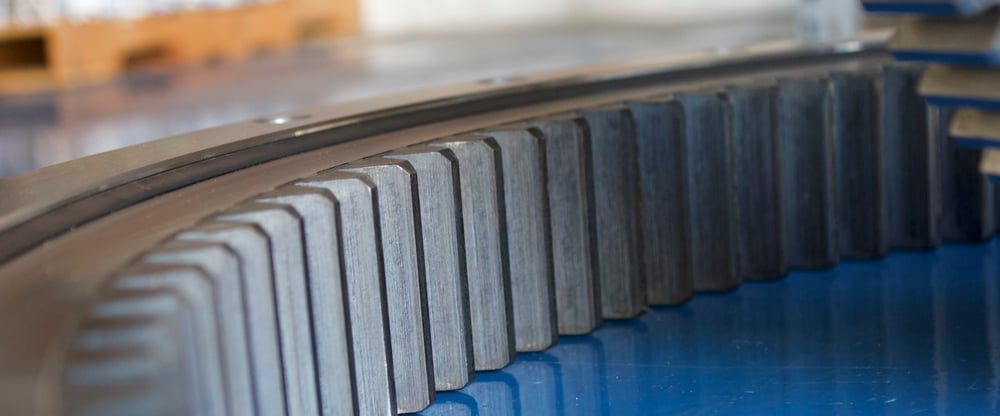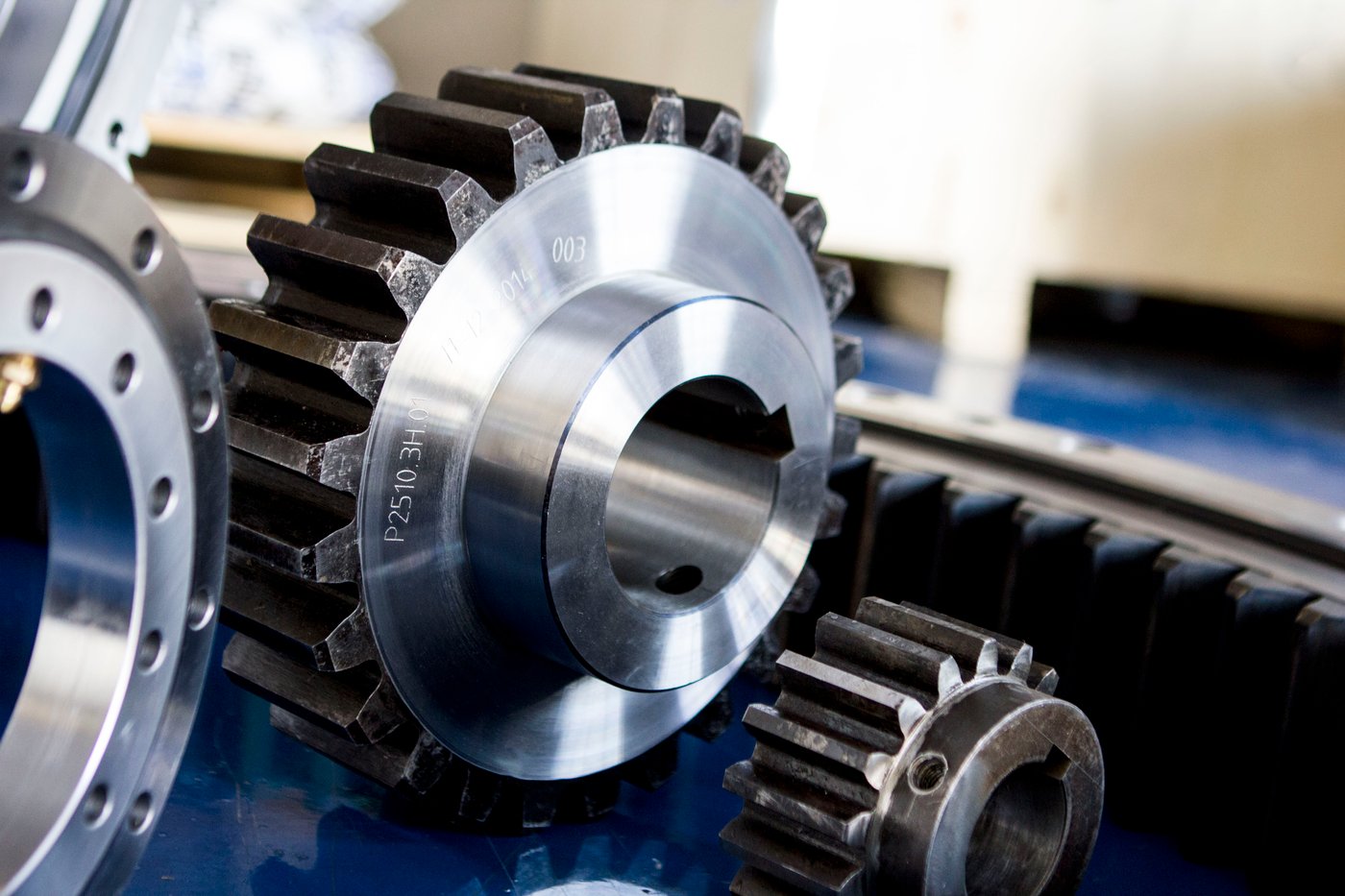When it comes to choosing a slew drive for your application, one of the most important decisions you’ll make is whether to go with a single worm or double worm configuration. Each option has its own strengths and trade-offs, and understanding these differences can help you select the best fit for your equipment’s performance, safety, and precision needs.
At Potesta & Company, our SlewPro line includes both single and double worm slew drives, available with a variety of motor options and modular configurations. Here’s how the two compare:
Single Worm Slew Drives
How It Works:
A single worm drive uses one worm gear to rotate the slewing ring, offering smooth and controlled motion.
Pros:
- Compact design: Ideal for applications with limited space
- Lower cost: Fewer components mean reduced upfront investment
- Efficient for light to moderate loads: Perfect for applications where extremely high torque isn’t needed
Cons:
- Lower torque capacity: Not suitable for very heavy or off-center loads
- Less braking redundancy: Only one worm means fewer mechanical failsafes
Best-Fit Applications:
- Solar trackers
- Small utility lifts
- Light-duty truck cranes
- Agricultural equipment
Double Worm Slew Drives
How It Works:
This design uses two worm gears working together, usually at 90° or 180° separation, to drive the slewing ring.
Pros:
- Increased torque output: Ideal for handling heavy, off-center, or high-momentum loads
- Built-in redundancy: Two worms offer greater braking power and system stability
- Improved safety: Especially in load-bearing or safety-critical applications
Cons:
- Larger footprint: More components mean more space is needed
- Higher cost: Comes with added complexity and materials
Best-Fit Applications:
- Construction and mining equipment
- Material handling cranes
- Wind turbines
- High-load automation platforms
SlewPro Options for Every Configuration
Whether you need a single or double worm configuration, SlewPro delivers flexibility and reliability. Our slew drives offer:
- Tilting moment capacity from 1,475 to 200,000 foot-pounds
- Hydraulic, electric, or pneumatic motor compatibility
- Modular chassis options (open or enclosed)
- Precision tracking and optional encoders or brakes
Choosing the Right One: Key Questions to Ask
When deciding between single and double worm drives, consider:
- How much torque do you need?
- What are the safety requirements?
- Is space limited?
- What type of environment will the drive be operating in?
- Will the load be dynamic, off-center, or constant?
Final Thoughts
There’s no one-size-fits-all when it comes to slew drives—but there is a right fit. Understanding the key differences between single and double worm configurations can save you time, money, and headaches in the long run.
Need help choosing the best slew drive for your application?
Our team is here to help. Contact us to explore your options or learn more about the SlewPro line of heavy-duty slewing solutions.




